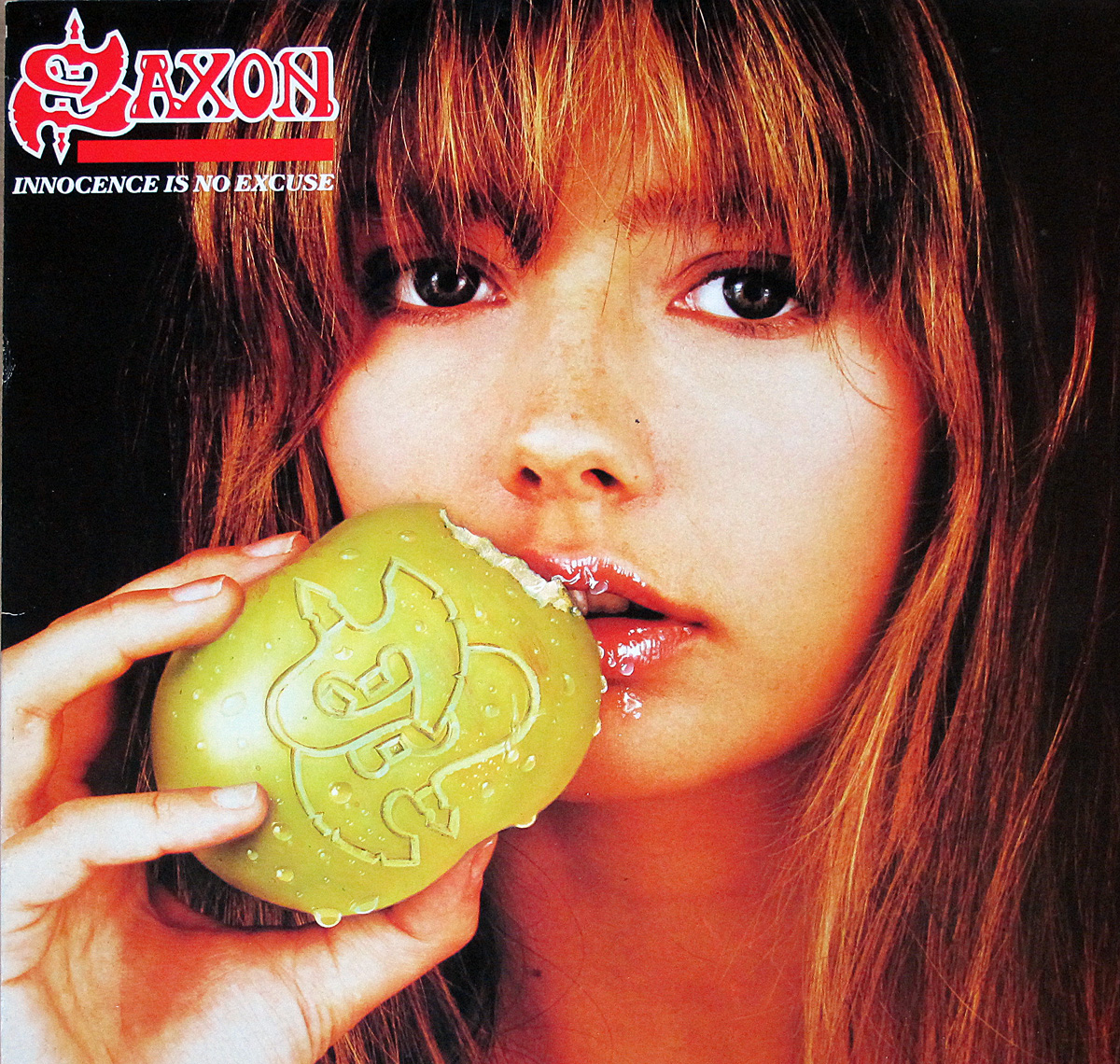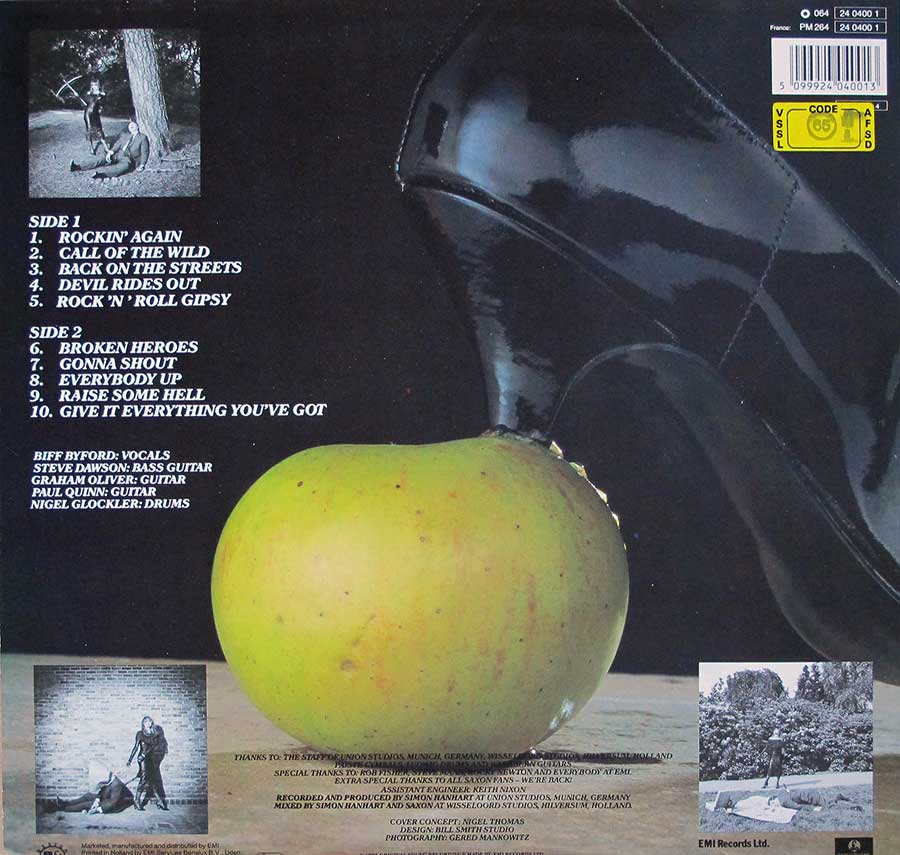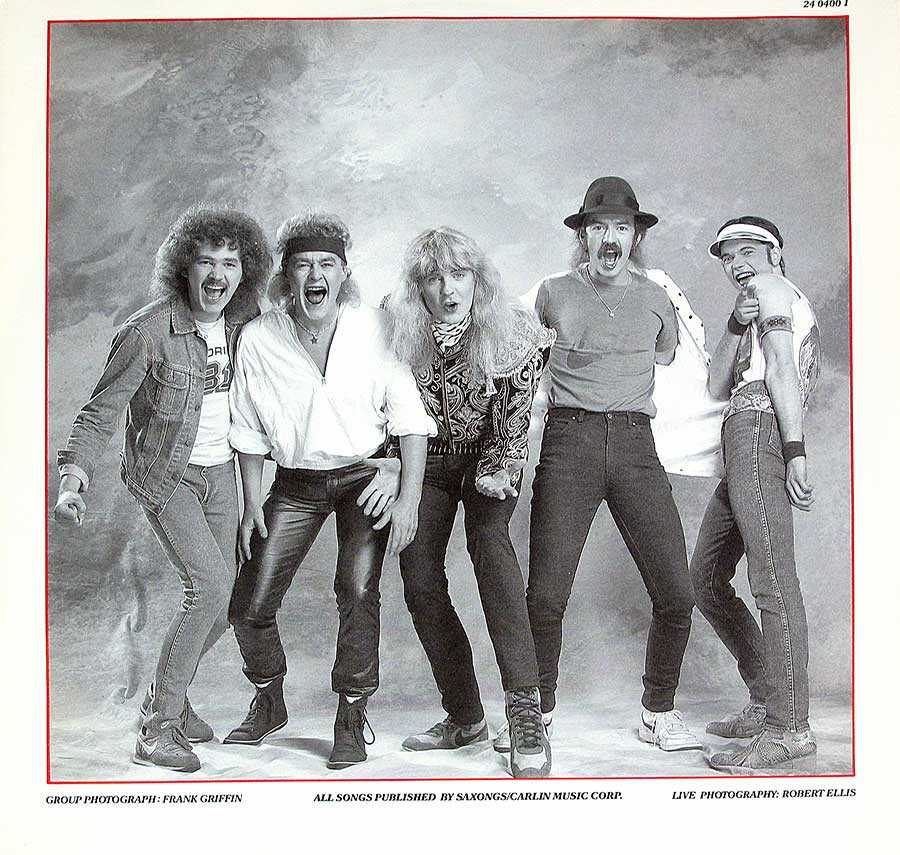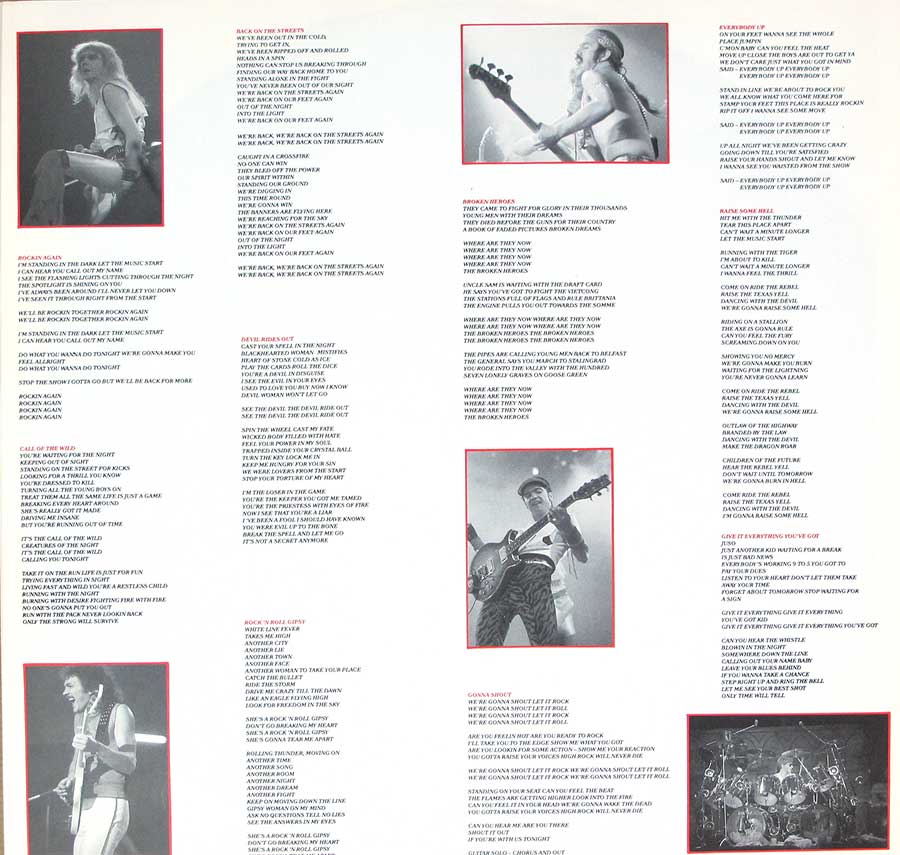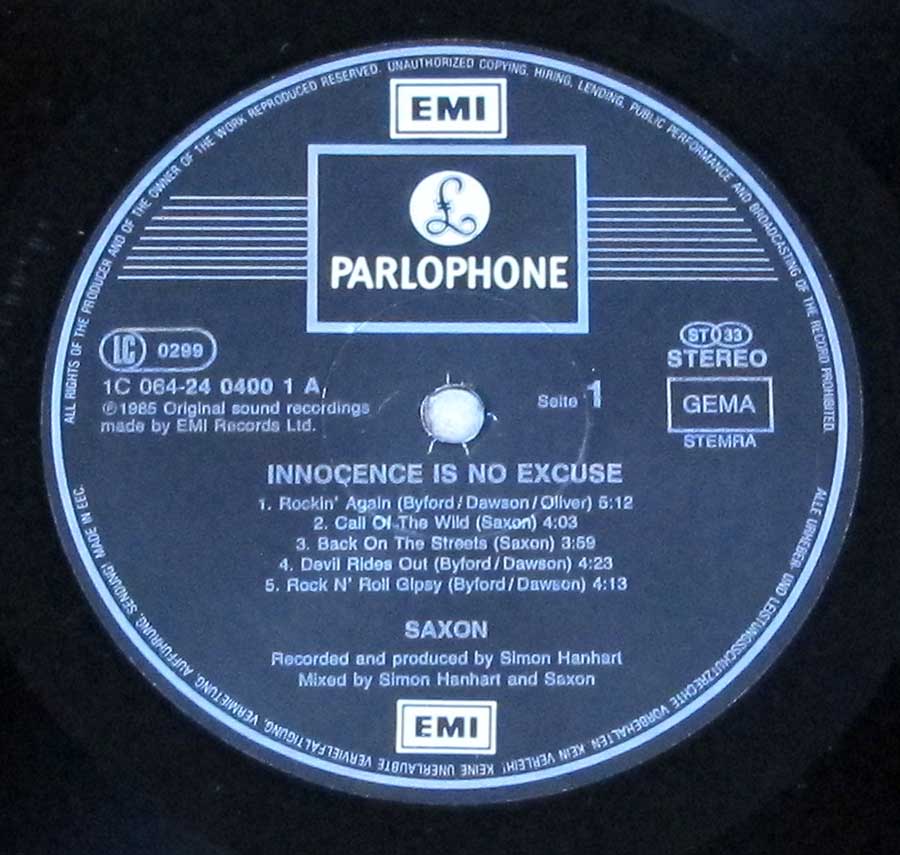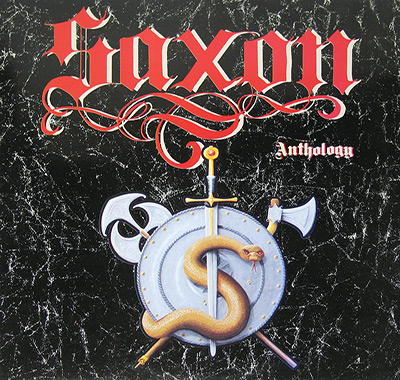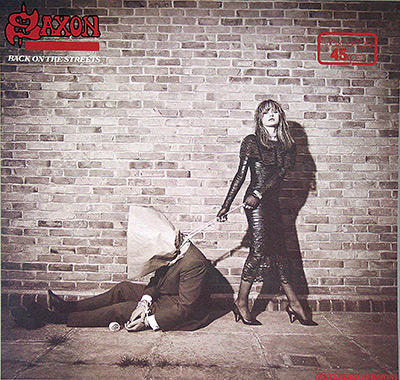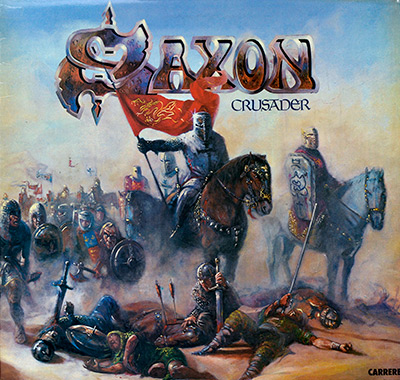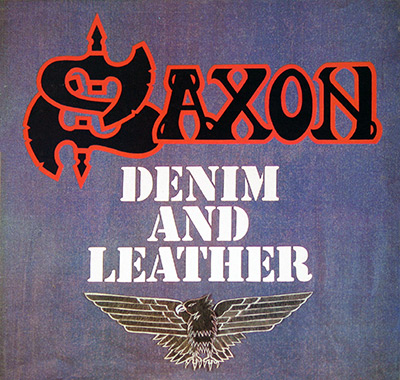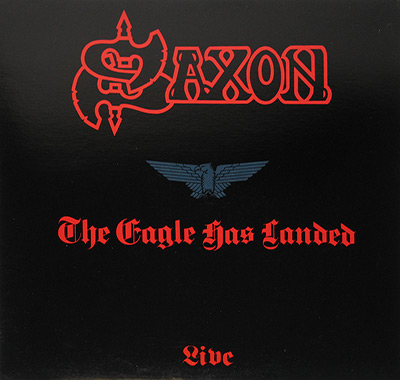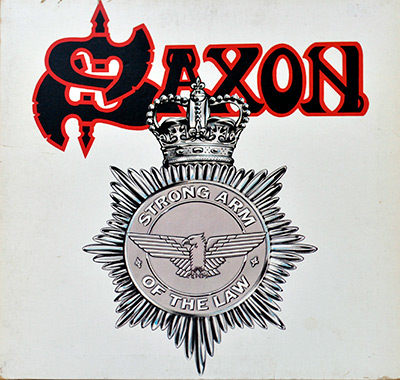|
Album Description & Collectors information:
Saxon is a British heavy metal band that formed in 1977. They are known for their powerful, guitar-driven sound and their energetic live performances. "Innocence Is No Excuse" is one of the band's most successful albums, released in 1986.
Saxon emerged during the New Wave of British Heavy Metal (NWOBHM) in the late 1970s and early 1980s. They quickly established themselves as one of the leading bands in the genre, with a string of successful albums and singles. The band's lineup has undergone numerous changes over the years, but has always been anchored by vocalist Biff Byford and guitarist Paul Quinn.
"Innocence Is No Excuse" was Saxon's twelfth studio album and their first with new guitarist Graham Oliver. The album was produced by Simon Hanhart and recorded at Hook End Manor Studios in Oxfordshire, England. It was released on the EMI label in 1986 and received critical acclaim for its powerful riffs and catchy hooks.
"Innocence Is No Excuse" is a 12" LP vinyl album that features ten tracks of classic heavy metal. The album kicks off with "Rockin' Again," a fast-paced anthem that sets the tone for the rest of the record.
"Innocence Is No Excuse" is a classic album that showcases Saxon's talents as one of the premier heavy metal bands of the 1980s. The album is characterized by its powerful guitar riffs, memorable choruses, and impressive musicianship. It remains a favorite among fans of classic heavy metal and is a must-have for any serious collector of vinyl albums.
This album "SAXON - Innocence is NO Excuse" includes the original custom inner sleeve with album details, complete lyrics of all songs by and artwork/photos
|
